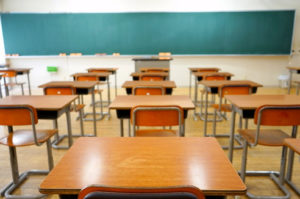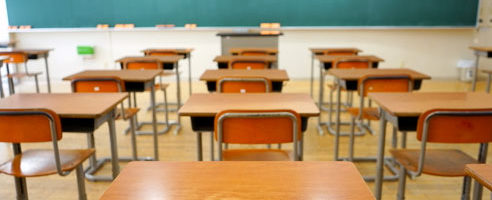
“What are we doing here?”
The question posed by Kincheloe and Steinberg in “Classroom Teaching” is one that really requires reflection on behalf of all teachers who hope to nurture and shape the next generation of global, educated, socio-responsible citizens. Our teaching philosophy is one that enables all students to grow, learn, explore, and challenge regardless of background, learning profile, or differences. We believe in challenging the current status quo in schools and the institutionalized systems that favor a regimented, prescribed kind of education that only works for a specific kind of student.
This program as well as the summer institute has opened our eyes to the unlimited possibilities of a better future in education and a more accessible, diverse, welcoming learning environment. The classrooms described by Kincheloe and Steinberg reflect our vision as well for what we want our students to experience. “They are built upon socio-cultural, contextual life world experiences and multiple knowledges.” By promoting diversity and choice, and introducing a wide range of content, ideas and perspectives, we can teach students how to learn, follow their passions and think critically about the world around them. It is our job to make education not only exciting, but accessible as well, and be sure that our ways of doing so are inclusive to all learners, so they may all become invested in their own learning journeys. Ferlazzo says that “engagement is not about baiting a hook. It’s about helping students find their spark and make their own fire”. In order to do this, we must find ways of teaching, delivering content, and promoting student autonomy in ways where they will all find success. Personalized learning through models like UDL, and differentiated learning, make this kind of engagement and learning possible with the new competency-based BC curriculum and underlying focus on the First Peoples Principles of Learning. One of which beautifully summarizes what education should be all about: “Learning is holistic, reflexive, reflective, experiential, and relational (focused on connectedness, on reciprocal relationships, and a sense of place)”.
In order to provide equitable access to all learners, we must find ways to engage with them, create meaningful relationships and provide multiple modes for teaching and displaying learning. The purpose of this “survival guide” is to provide a curated space with room to grow that contains strategies, resources and activities to assist fellow teacher-candidates that have a similar mindset and educational vision as ours. The activities are multi-modal, transdisciplinary, implement UDL and DL frameworks, and engagement techniques to create an inclusive, welcoming classroom environment and encourage successful learning for ELL and all other learners. Our guide is meant to provide ideas and a starting point for teacher-candidates to create a diverse learning environment, regardless of subject, by highlighting important learning through the institute, our own ideas and beyond. The purpose of the classroom activities is to develop relationships, encourage engagement, personalize learning, demonstrate a fluidity between subjects, and connect learning to the big picture of helping students become confident and reach their full potential.

